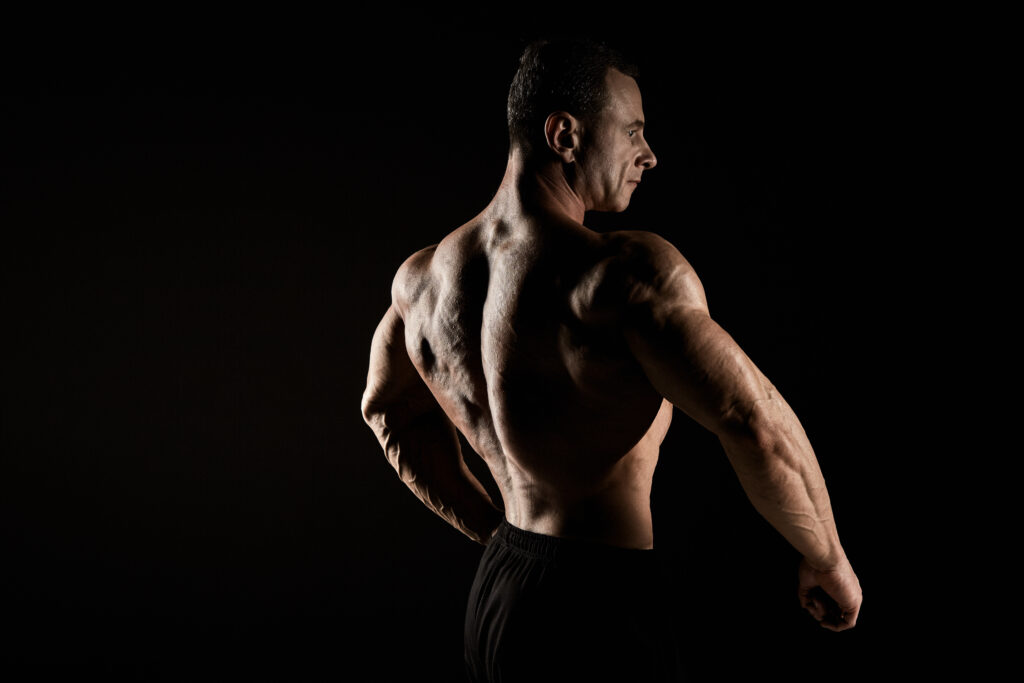Visible six-pack abs are often regarded as a hallmark of peak physical fitness. While they can be challenging to achieve, it’s not necessarily because the abdominal muscles are harder to develop than other muscle groups. The challenge primarily arises from the fact that for six-pack abs to be visible, you need to have a combination of developed abdominal muscles and a low enough body fat percentage to reveal them.
Our bodies tend to store fat in different areas, and for many people, the abdominal region is a primary storage area. Factors like genetics, hormones, and diet all play a role in where and how we store fat. For instance, some individuals might find it easier to lose fat from their arms and legs but struggle more with the abdominal area. This is why someone can be strong with well-developed abdominal muscles, but without the defined six-pack appearance.
To unveil a six-pack, you need to reduce your overall body fat percentage. This is achieved through a combination of a well-balanced diet and consistent cardiovascular and resistance training. It’s essential to understand that spot-reduction, the idea that you can target fat loss from a specific area by working out that particular muscle group, is a myth. Total body fat reduction is necessary.
Moreover, everyone has a unique body structure. While some may find it relatively more straightforward to achieve and maintain visible abs, others might find it more challenging due to factors beyond their control. It’s crucial to set realistic expectations and understand that a defined six-pack, while aesthetically pleasing, isn’t the sole indicator of health or fitness.
While six-pack abs can be challenging to achieve due to the need to lower body fat percentages and genetics playing a role in fat storage, they aren’t necessarily the “hardest” fitness goal. The journey to visible abs requires dedication, a well-balanced diet, and effective exercise strategies. But remember, fitness is multi-dimensional, and there’s more to it than just appearances.

